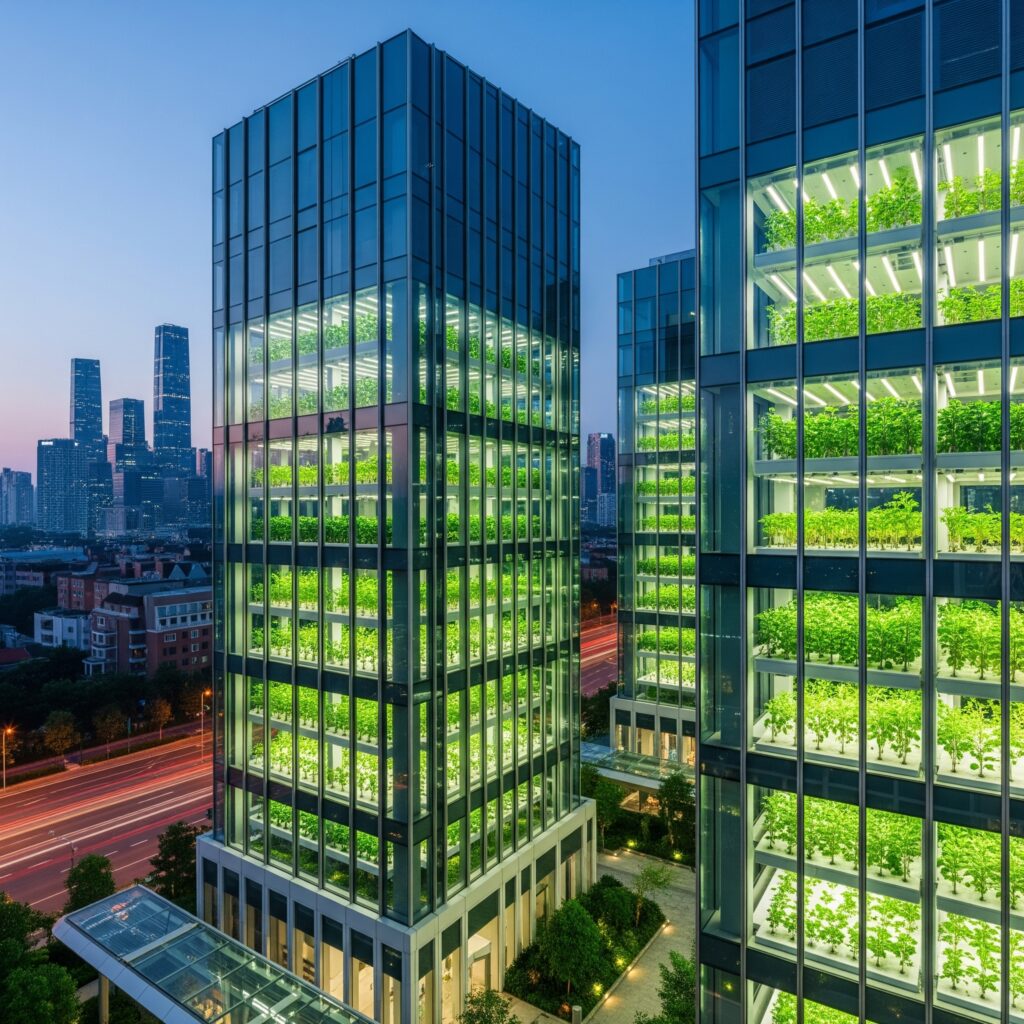The Wonderful World of Plants: A Comprehensive Guide
Introduction
Plants, the silent architects of our planet, are essential for life as we know it. From the towering redwoods to the microscopic phytoplankton, these remarkable organisms form the base of most food chains, produce the oxygen we breathe, and provide us with countless resources. This comprehensive guide delves into the fascinating world of plants, exploring their diversity, importance, and the various ways we interact with them.
Plant Classification and Diversity
Understanding Plant Kingdoms
The plant kingdom is incredibly diverse, encompassing a vast array of species with varying characteristics. Scientists broadly classify plants into several key groups, including flowering plants (angiosperms), cone-bearing plants (gymnosperms), ferns, mosses, and liverworts. Each group possesses unique reproductive strategies, structural adaptations, and evolutionary histories.
Exploring Angiosperms: The Flowering Plants
Angiosperms, the most diverse group of plants, are characterized by their flowers, which play a crucial role in reproduction. These flowers attract pollinators, facilitating the transfer of pollen and ultimately leading to seed production. Angiosperms exhibit incredible variation in size, shape, and habitat, ranging from delicate orchids to towering oak trees.
Gymnosperms: The Cone-Bearing Plants
Gymnosperms, including conifers like pines and spruces, are characterized by their cones, which house their seeds. These plants are often found in colder climates and play a significant role in forest ecosystems. Their tough, needle-like leaves are well-adapted to withstand harsh environmental conditions.
The Importance of Plants
Photosynthesis: The Engine of Life
Plants are the primary producers in most ecosystems, utilizing sunlight, water, and carbon dioxide to create their own food through photosynthesis. This process not only sustains the plants themselves but also releases oxygen into the atmosphere, a vital component for animal respiration.
Ecological Roles
Plants play crucial roles in maintaining ecological balance. They provide habitat and food for a vast array of animals, prevent soil erosion, regulate water cycles, and contribute to climate stability. The intricate relationships between plants and other organisms form the foundation of healthy ecosystems.
Economic Importance
- Food: Plants are the primary source of food for humans and many animals.
- Medicine: Many medicines are derived from plant compounds.
- Building Materials: Wood and other plant-based materials are used in construction.
- Clothing: Plant fibers are used to create fabrics.
- Fuel: Biofuels are derived from plants, offering a renewable energy source.
Plant Care and Cultivation
Understanding Plant Needs
Successful plant cultivation requires understanding a plant’s specific needs, including sunlight, water, nutrients, and soil conditions. Different plants have different requirements, so researching the specific needs of each plant is crucial.
Common Gardening Techniques
- Seed Starting: Many plants can be started from seeds, providing a cost-effective and rewarding way to grow plants.
- Transplanting: Moving seedlings or mature plants to a larger pot or garden bed.
- Watering: Providing adequate water is essential for plant health, but overwatering can be harmful.
- Fertilizing: Supplying plants with essential nutrients to promote healthy growth.
- Pest and Disease Control: Protecting plants from pests and diseases is vital for maintaining a healthy garden.
Conclusion
The world of plants is vast and multifaceted, offering endless opportunities for exploration and appreciation. From their fundamental role in supporting life on Earth to their diverse applications in human society, plants are essential to our well-being. By understanding the diversity, importance, and care of plants, we can better appreciate their profound impact on our lives and work towards a sustainable future.


